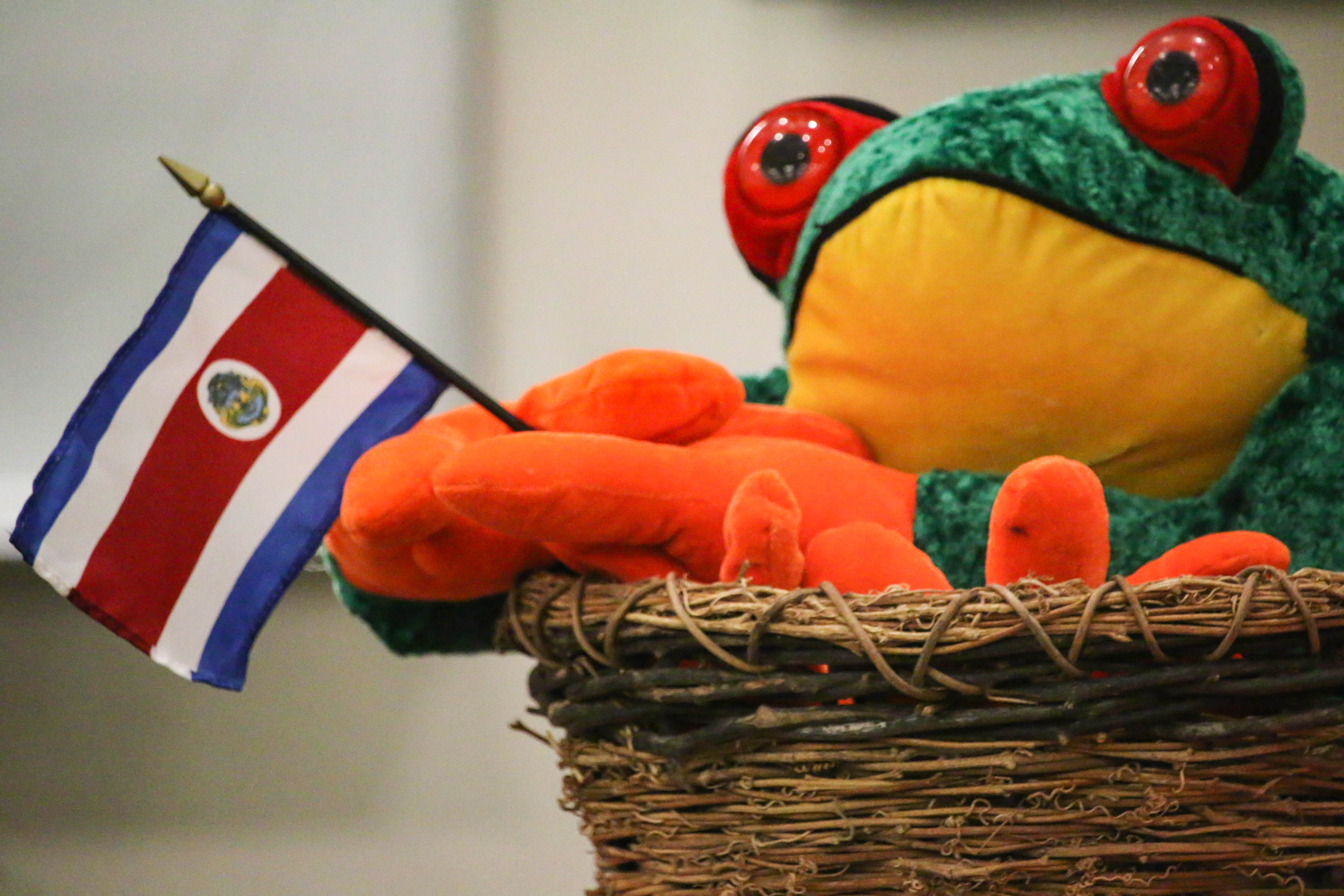The United States has always been considered a melting pot of diverse cultures and groups. However, when looking at how the blend of cultures is reflected in industries such as Hollywood and student organizations, Latinos are severely underrepresented, and so change is needed in both Hollywood and Kennesaw State.
Latinos are projected to make up 19 percent of the U.S. population, making it the largest ethnic minority in the country, according to the U.S. Census Bureau.
This percentage, however, does not translate well into Hollywood. Across the top 100 grossing movies from 2007 to 2018, a minuscule three percent of lead roles were played by Latinos, according to a USC Annenberg study.
Similarly, the study reported that 24 percent of all Latino speaking roles in films are depicted doing illegal activities, and of those, 61.9 percent were depicted as gang members.
Portraying the Latino community as delinquents puts a false blemish on its people. Latinos are not criminals, yet the stereotypes put forth by Hollywood films lead people to believe they overwhelmingly commit crimes — which needs to stop.
“Hollywood needs more representation — period,” sophomore English major Aaron O’Connor said. “But to say they need more Latino representation is an understatement. They’re either stereotypes, slaves to their race or the token. It’s time for a change of pace.”
The same disparity is shown behind the camera, with only four percent of directors and three percent of studio workers of the top 1,200 movies from 2007-2018 being Latino, according to the same study.
“Latinos are hoping [Hollywood] will change,” KSU Associate Professor of Interdisciplinary Studies and Spanish Dr. Ernesto Silva said. “We already have major directors and actors in Hollywood doing fantastic work, and historically, we’ve had amazing work coming out of Hollywood and Spanish-speaking film industries. We need more representation and attention like that of Alfonso Cuarón, Guillermo del Toro and Alejandro González Iñárritu.”
KSU’s location in Georgia lends itself to a strong potential for Latino representation, but few of the university’s many student organizations are focused on its Latino population. Despite this disparity, there are other means through which KSU does give representation to Latinos.
KSU’s OwlLife provides a list of 422 organizations. Of these organizations, only eight are associated with Latinos — just under two percent of the student groups.
“I know KSU has a couple of Latino clubs and associations,” sophomore dance major Jada Thomas said. “I feel like we have the kind of representation that you have to seek out. It’s unfortunate because the Latino population could be much greater if the Latino presence was more apparent at KSU. Basically, it’s there but it’s in the shadows.”
KSU needs to reflect its diverse student body by providing Latinos with more student organizations dedicated to their culture. Meanwhile, Hollywood needs to follow suit and acknowledge that Latinos are people in the United States, rather than just a group of criminals to the south of the border.

